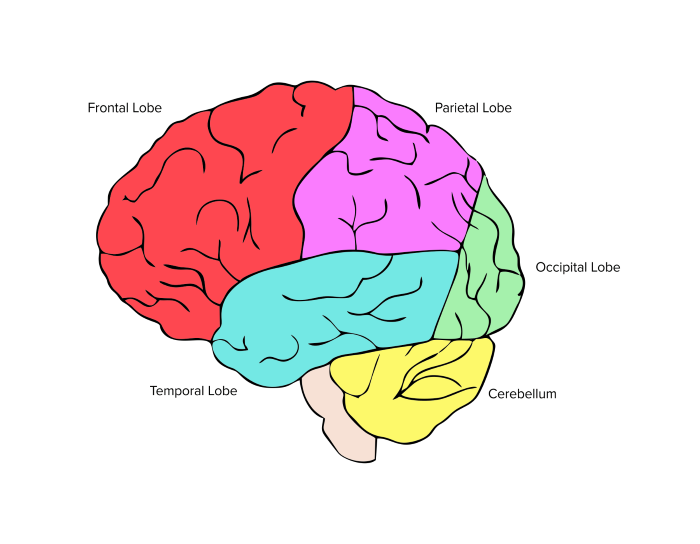Nervous System for the MCAT: Everything You Need to Know
/A complete guide to the nervous system on the MCAT, covering key structures, functions, and practice questions to boost your biology score.
(Note: This guide is part of our MCAT Biology series.)
Table of Contents
Part 1: Introduction to the nervous system
Part 2: Divisions of the nervous system
a) Central and peripheral nervous systems
b) Autonomic and somatic nervous systems
c) Sympathetic and parasympathetic nervous systems
Part 3: Microanatomy
a) Anatomy of a neuron
b) Cells of the nervous system
c) The action potential
d) Neural impulses and neurotransmitters
Part 4: Types of neurons
a) Afferent and efferent neurons
b) Upper and lower motor neurons
Part 5: High-yield terms
Part 6: Passage-based questions and answers
Part 7: Standalone questions and answers
-----
Part 1: Introduction to the nervous system
From allowing you to perceive your surroundings to remembering your life’s most memorable moments, the nervous system can perform some of the most marvelous feats of any organ system. Unfortunately, studies show that many neurological disorders are on the rise. The incidence of Alzheimer’s disease, for example, is expected to triple by 2050. Thus, it is more vital than ever that the physicians of tomorrow are equipped with the knowledge needed to care for this growing group of patients.
The information presented in this guide will describe key aspects of the nervous system that are relevant to biology and biochemistry. To better understand the function of the nervous system, be sure to refer to our Psychology and Sociology guides on Psychological Disorders and Behavior and Biology.
Throughout this guide, you will see several terms in bold. Be sure to understand these concepts well! At the end of the guide, there will also be several MCAT-style practice problems you can use to test your knowledge.
Let’s get started!
-----
Part 2: Divisions of the nervous system
The nervous system is responsible for a variety of functions. Its primary function is to provide control between different body systems. The nervous system serves to integrate information from a variety of body systems, including information about the external environment that is carried into the body, and to coordinate responses that maintain internal homeostasis and proper cellular function.
a) Central and peripheral nervous systems
The nervous system can be divided into two major components. The brain and spinal cord comprise the central nervous system, while nerves and ganglia outside the brain and spinal cord make up the peripheral nervous system.
The outermost part of the brain is the cerebral cortex. This layer merits special attention because it is responsible for many of our higher cognitive functions. The cerebral cortex is rich in the cell bodies, or soma, of neurons. These neurons have long axons that extend through the brain and into the spinal cord.
The cerebral cortex can itself be divided into four major lobes, each with loosely specialized functions.
The frontal lobe governs executive function, initiates voluntary motor movement, and is responsible for producing speech.
The parietal lobe governs spatial processing, proprioception, and somatosensation.
The occipital lobe governs visual processing.
The temporal lobe governs learning, memory, speech perception, and auditory perception. An important language center known as Wernicke’s area is located here.
Figure: Lobes of the cerebral cortex
Each hemisphere, or side, of the brain is also loosely specialized. The left side of the brain processes sensory information from the right side of the body and is also the primary hemisphere used in performing math and science problems, logical reasoning, and analytical thinking. The right hemisphere of the brain processes sensory information from the left side of the body and is also the primary hemisphere used in spatial awareness, emotional intelligence, intuition, and holistic thinking.
How do these two hemispheres communicate with each other? A structure called the corpus callosum forms a bridge between the left and right hemispheres of the brain. The nerves within the corpus callosum allow sensory information from one side to “cross” to the opposite hemisphere, where it can be processed. Thus, any environmental cues that are sensed by the right side of the body are sent to the left hemisphere of the brain for processing, and vice versa.
Gain instant access to the most digestible and comprehensive MCAT content resources available. 60+ guides covering every content area. Subscribe today to lock in the current investments, which will be increasing in the future for new subscribers.



